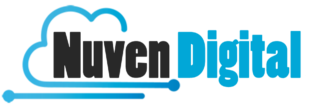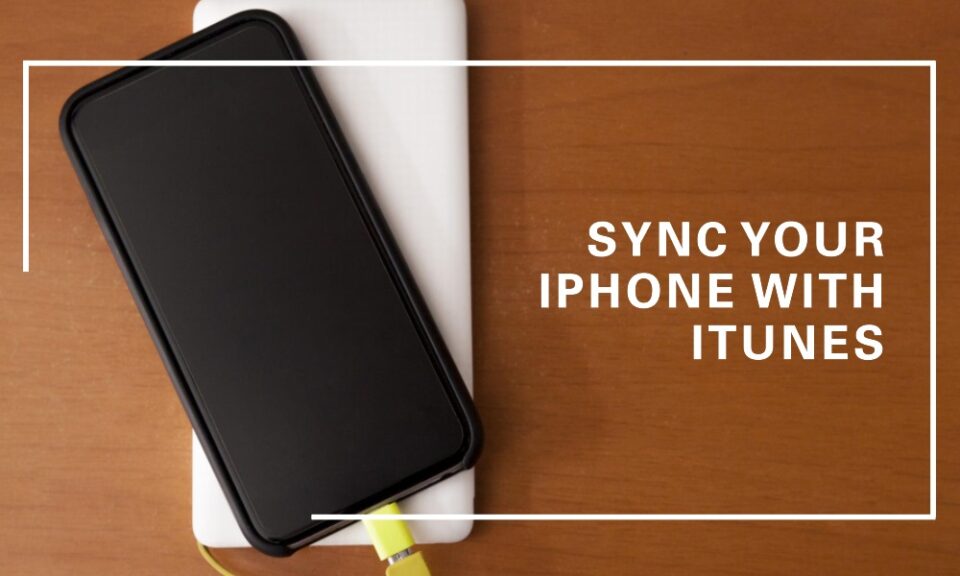Whether you’re a seasoned Apple device user or a newbie, connecting your iPhone to iTunes is an essential skill. iTunes, Apple’s longstanding media management tool, offers myriad functions: from backing up data and restoring phones to syncing music and managing purchases. Here’s a step-by-step guide to achieving this connection seamlessly.
The Basics: Understanding iTunes
Before diving in, it’s crucial to understand what iTunes is:
- Media Management: iTunes is a hub for organizing and playing your music, movies, TV shows, and more.
- Backup and Restore: Safely store your device’s data, making it easier to switch phones or recover lost data.
- Software Updates: Keep your iPhone running smoothly with the latest iOS versions.
Connecting iPhone to iTunes via USB
The most direct way to connect:
- Install or Update iTunes: Ensure you have the latest version of iTunes on your Mac or PC.
- Use the Lightning Cable: Connect your iPhone to the computer using the USB cable that came with the device.
- Unlock iPhone: Use your passcode or Face ID.
- Trust this Computer: A prompt will appear on your iPhone. Tap ‘Trust’, and if required, enter your device’s passcode.
- Access in iTunes: Once connected, your iPhone will appear as an icon in the top-left menu of iTunes. Click on it to manage your iPhone’s content.
Connecting iPhone to iTunes Wirelessly (Wi-Fi Sync)
Ditch the cables with this method:
- Initial USB Connection: The first time, you’ll need to connect your iPhone to the computer using a USB cable and open iTunes.
- Locate your Device: Click on the iPhone icon in iTunes.
- Summary Tab: Navigate to the ‘Summary’ section.
- Wi-Fi Sync Option: Check the “Sync with this iPhone over Wi-Fi” box.
- Apply and Disconnect: Click ‘Apply’ and then safely disconnect your iPhone.
- Wireless Connection: Now, as long as your iPhone and computer share the same Wi-Fi network and iTunes is open on the computer, your iPhone will appear in iTunes, allowing for syncing.
Troubleshooting Connection Issues
If your iPhone doesn’t appear in iTunes:
- Restart Both Devices: Simple, but often effective.
- Check the Cable: Damaged cables can cause connection problems.
- Update Software: Ensure both your iPhone’s iOS and computer’s iTunes are up-to-date.
- Different USB Port: Try connecting to a different USB port on your computer.
FAQs
- Q: Can I connect multiple iPhones to one iTunes?
- A: Yes, you can connect and manage multiple iPhones on a single iTunes installation.
- Q: Will connecting my iPhone to iTunes erase data?
- A: Not by default. But syncing might replace iPhone content with that from iTunes. Always backup first.
- Q: What if my iPhone is still not recognized by iTunes?
- A: Consider reinstalling iTunes or consulting Apple’s official support.
- Q: Is iTunes the only way to backup my iPhone?
- A: No, you can also use iCloud for backups directly from your iPhone.
Conclusion
Connecting your iPhone to iTunes is a bridge to a world of media management, device backups, and software updates. Whether you prefer the tactile security of a USB connection or the freedom of wireless syncing, understanding these processes ensures your iPhone remains backed-up, updated, and filled with your favorite tunes.


